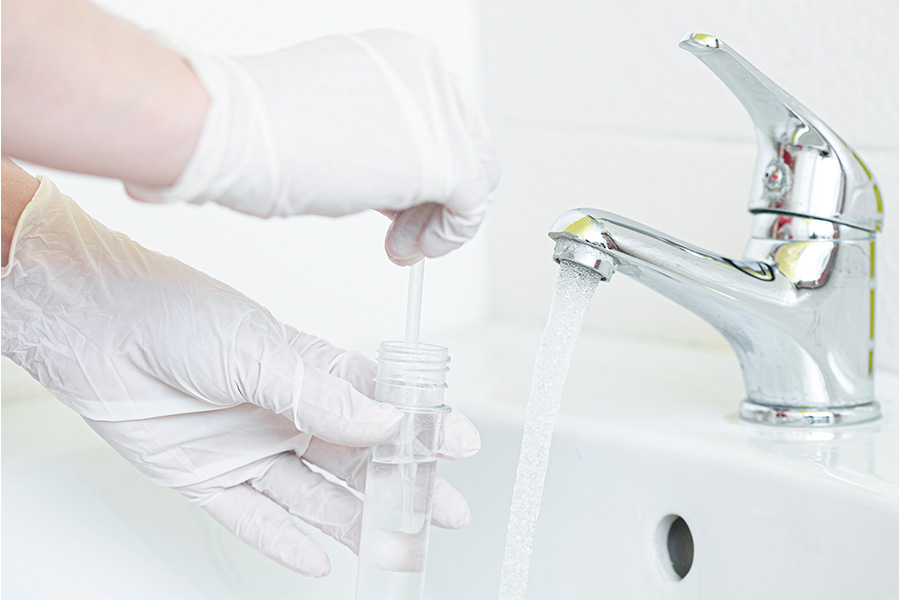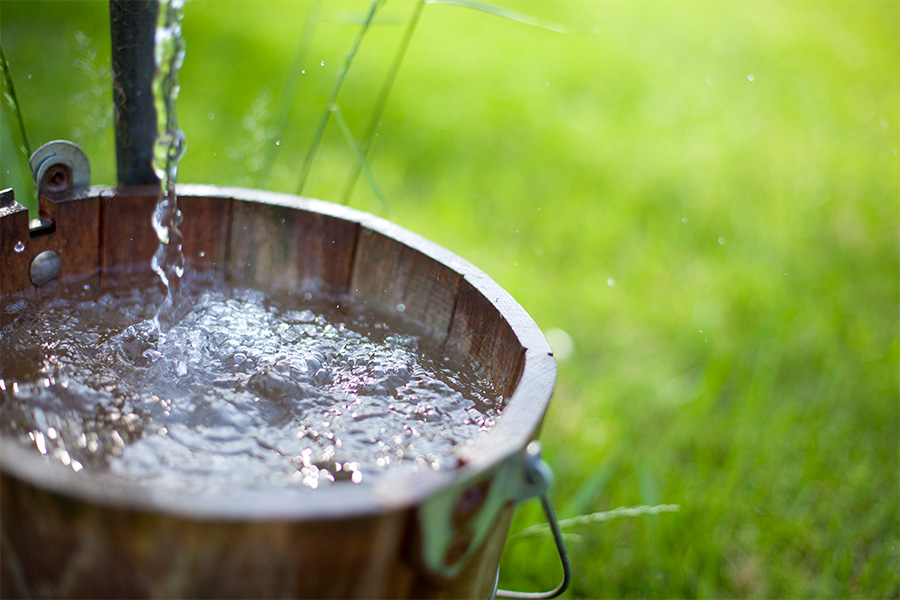Well Water
-

C 858-11
Iron and Manganese
Elevated levels of iron (Fe) and manganese (Mn) are two of the most common water quality problems in Georgia’s groundwater. This circular addresses problems associated with high levels of these two elements, levels considered to be a problem, and treatment options to remove the iron or manganese.
Pamela R. Turner, Uttam K. Saha, Rick Smith, Jake Mowrer, and Leticia S Sonon
|
-

C 858-2
Testing for Water Quality
The quality and safety of drinking water is of great concern to many Americans today because of an increased interest in health and environmental quality. This new focus on water quality has led many Americans to consider testing their water. This publication is intended to help you understand water testing and to identify the tests needed.
David E. Kissel Ph.D, Pamela R. Turner, Uttam K. Saha, Jake Mowrer, and Leticia S Sonon
|
-

C 858-8
Hydrogen Sulfide and Sulfate
This publication describes hydrogen sulfide and sulfate and its effects on household water quality.
David E. Kissel Ph.D, Pamela R. Turner, Uttam K. Saha, Jake Mowrer, and Leticia S Sonon
|
-

Shock chlorination is the process by which home water systems such as wells, springs, and cisterns are disinfected using household liquid bleach (or chlorine). Shock chlorination is the most widely recommended means of treating bacterial contamination in home water systems. This publication contains guidelines for safely and effectively using shock chlorination — a standard treatment for sanitizing your well system.
David E. Kissel Ph.D, Pamela R. Turner, Uttam K. Saha, and Leticia S Sonon
|
-

C 858-7
Coliform Bacteria in Your Water
This publication contains information about identifying and controlling coliform bacteria in household water.
David E. Kissel Ph.D, Pamela R. Turner, Uttam K. Saha, and Leticia S Sonon
|
-

An estimated 1.7 million people in Georgia rely on 640,000 private wells for their drinking water supply. The Georgia Environmental Protection Division enforces EPA’s drinking water quality standards for human consumption in public water supplies according to the Federal Safe Drinking Water Act. However, private wells are not regulated. Consequently, private well water users are responsible for ensuring the quality and safety of their water supplies for domestic, livestock, and irrigation use.
This online tool provides interpretations and recommendations for drinking water quality. The user enters the test results from a water testing laboratory, then interpretation of data is automatically given. This tool also provides recommendations to the user when necessary.
The tool can be found at http://aesl.ces.uga.edu/water/recommendations/
Richard Hitchcock, Uttam K. Saha, and Leticia S Sonon
|